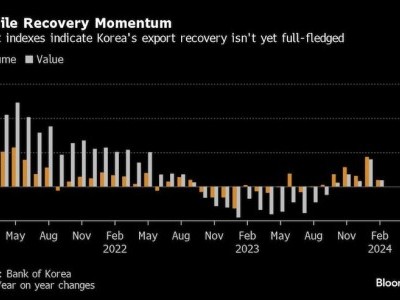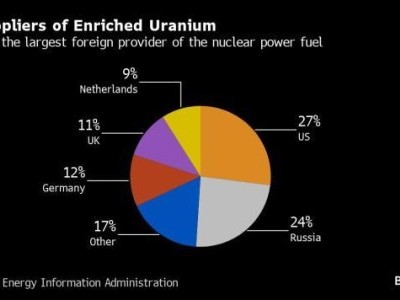Commerce semiconductor data confirms urgent need for Congress to pass US Innovation and Competition Act
Jan 25, 2022Today, the U.S. Department of Commerce released the results from the Risks in the Semiconductor Supply Chain Request for Information (RFI) issued in Sept. 2021. Key findings from the report provided data-driven information about the depths of the semiconductor shortage and underscored the need for the President’s proposed $52 billion in domestic semiconductor production.
The RFI showed that median inventory held by chips consumers (including automakers or medical device manufacturers, as examples) has fallen from 40 days in 2019 to less than 5 days in 2021. If a COVID outbreak, a natural disaster, or political instability disrupts a foreign semiconductor facility for even just a few weeks, it has the potential to shut down a manufacturing facility in the U.S., putting American workers and their families at risk.
“The semiconductor supply chain remains fragile, and it is essential that Congress pass chips funding as soon as possible,” said Secretary of Commerce Gina M. Raimondo. “With sky-rocketing demand and full utilization of existing manufacturing facilities, it’s clear the only solution to solve this crisis in the long-term is to rebuild our domestic manufacturing capabilities. President Biden has proposed $52 billion to revitalize our domestic semiconductor industry, and every day we wait on this funding is a day we fall further behind. But if we address this problem, we can create good jobs, rebuild American manufacturing, and strengthen our supply chains here at home for years ahead.”
Key Findings from the Semiconductor RFI
The RFI asked all parts of the semiconductor supply chain – producers, consumers, and intermediaries – to voluntarily share information about inventories, demand, and delivery dynamics. With Secretary Raimondo’s engagement, more than 150 responses from the world responded to the RFI.
- Demand for semiconductors is as much as 17 percent higher in 2021 than it was in 2019, and consumers aren’t seeing commensurate increases in the available supply.
- The majority of semiconductor manufacturing facilities are operating at or above 90 percent utilization, meaning there is limited additional supply to bring online without building new facilities.
- Bottlenecks are most concentrated in a specific semiconductor inputs and applications, including legacy logic chips (used in automobiles, medical devices, and other products), analog chips (used in power management, image sensors, and radio frequency), and optoelectronics chips (including for sensors and switches).
- The main bottleneck that respondents identified is the need for additional fab capacity. Additional bottlenecks that respondents identified include a lack of raw material inputs for both semiconductors and the other components paired with semiconductors to assemble sub-parts for electric devices.
Similar Stories

South Korea’s export growth picks up, led by record US demand
View Article
Mexico tariffs on steel, plastics to affect 7% of total imports
View Article
Senate passes Russian uranium import ban, sending to Biden
View Article
Agility’s CEO for Africa discusses the continent’s opportunities and challenges
View Article
China’s EV and solar exports are powering ahead as prices slide
View ArticleDepartment of Commerce announces new actions to implement President Biden’s Executive Order on AI
Announcements include draft guidance documents, a draft plan for international standards, and a new measurement program opening for public comment
View ArticleGet the most up-to-date trending news!
SubscribeIndustry updates and weekly newsletter direct to your inbox!





